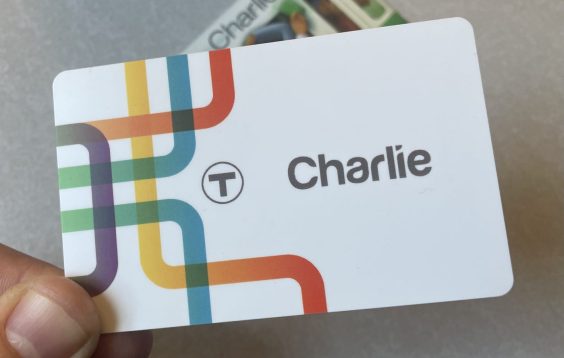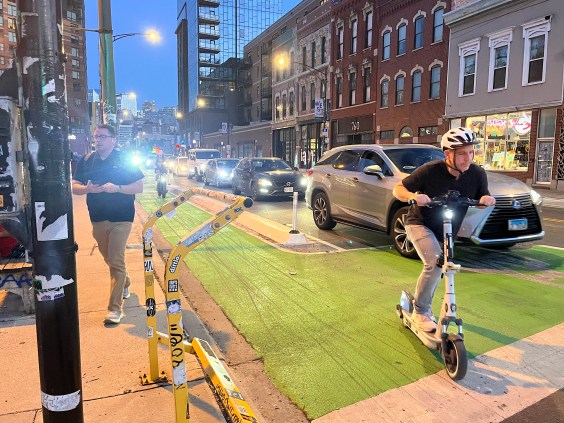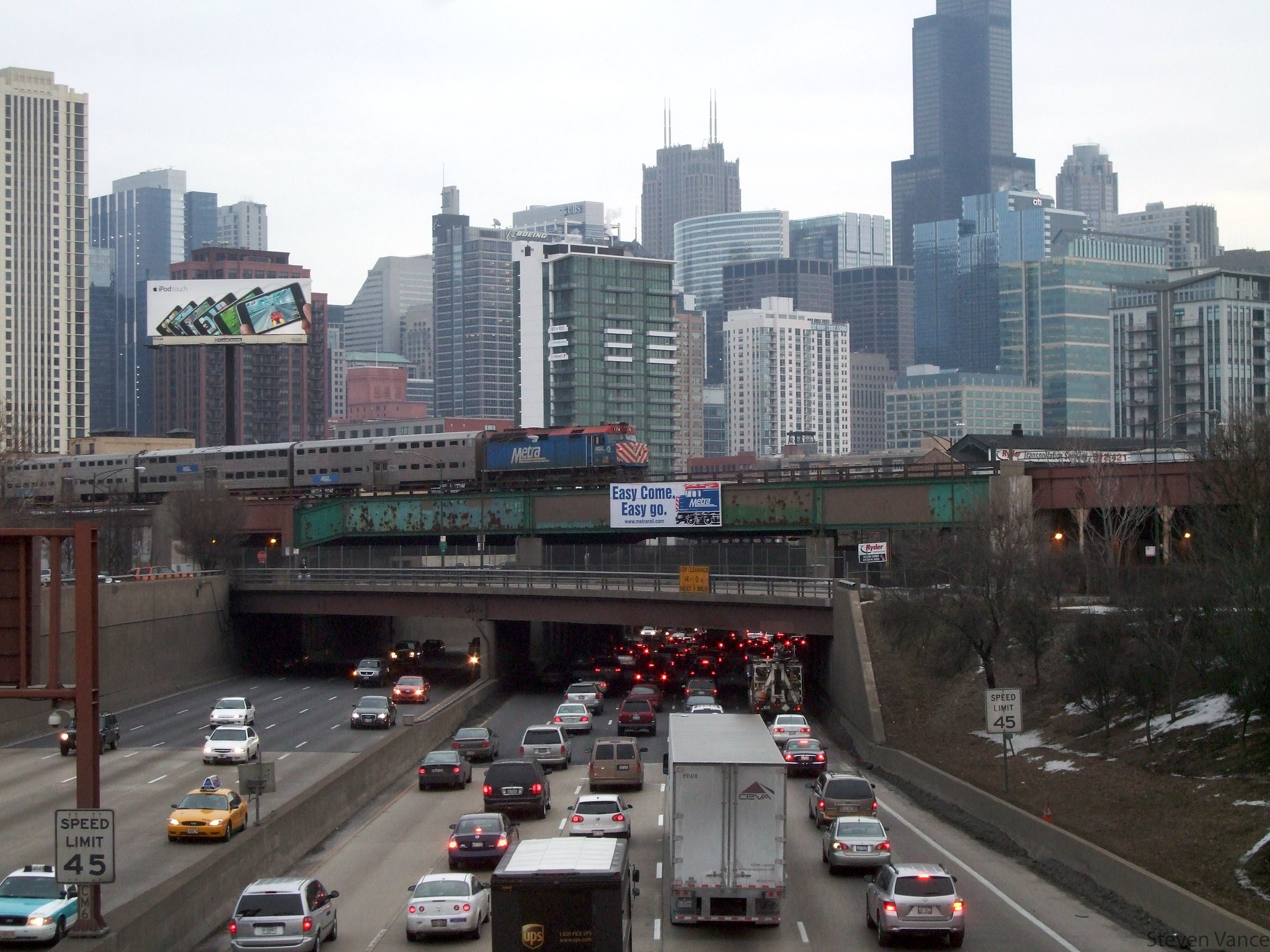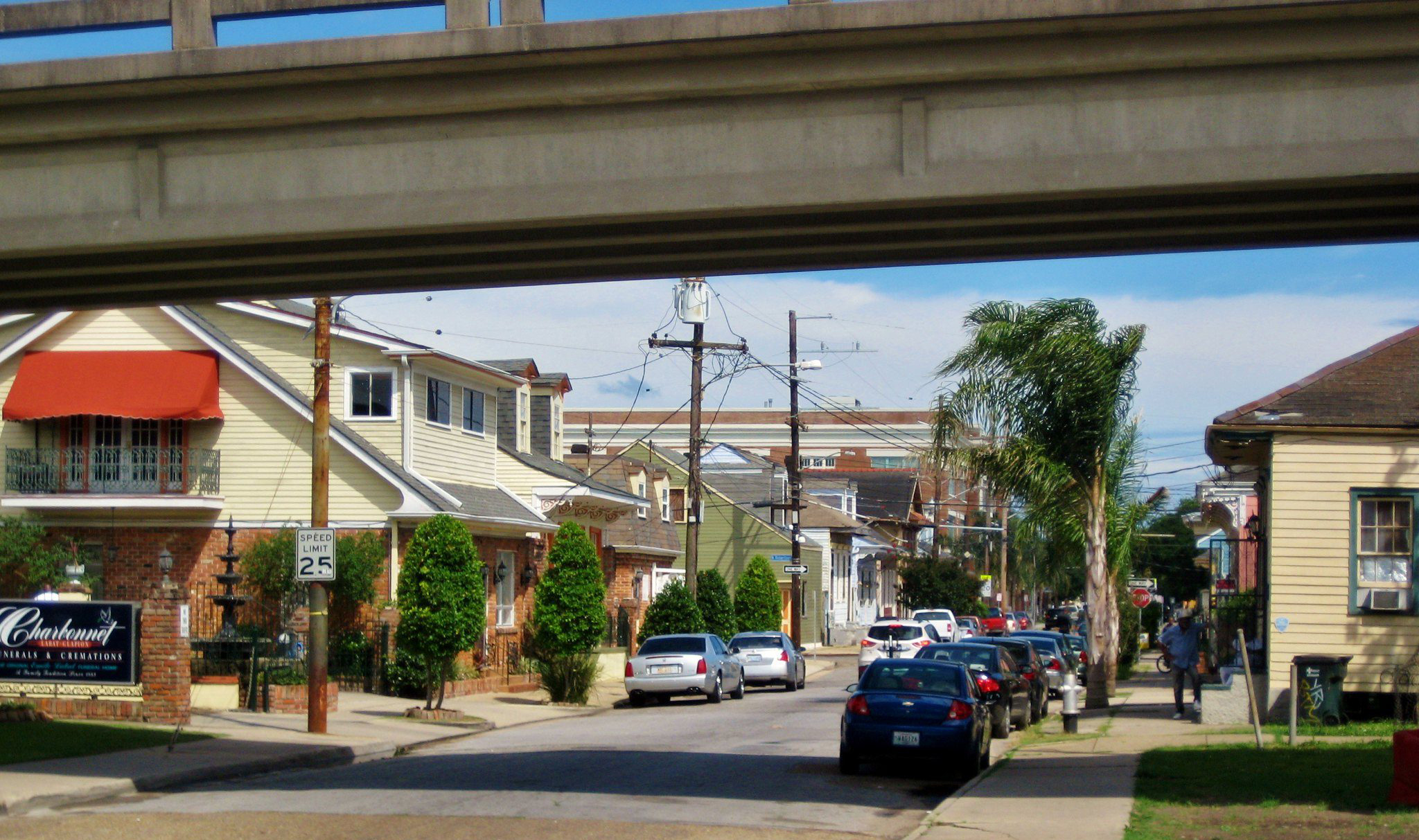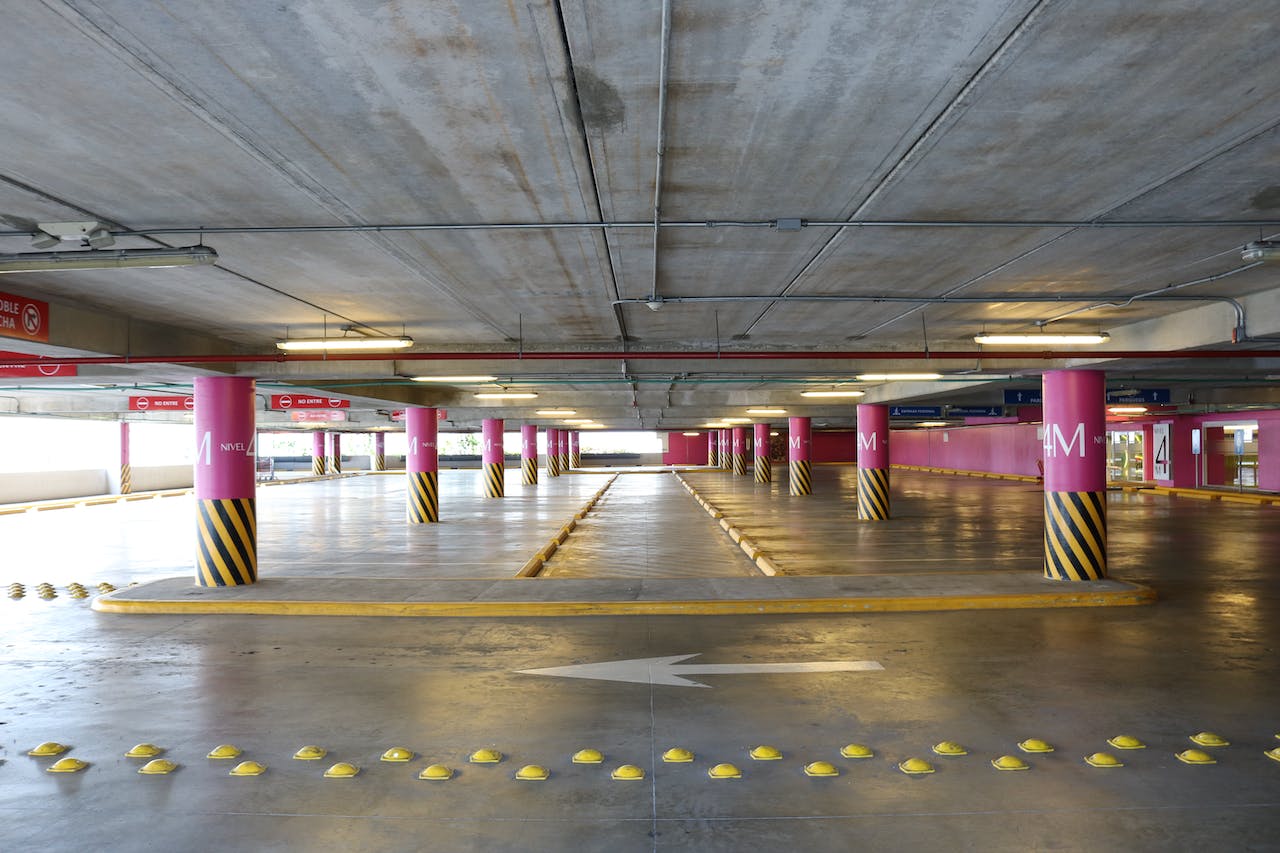President Trump has sought to pull the plug on electric vehicles, but a new report shows that EV infrastructure is far more valuable to the nation's prosperity and jobs market than the White House believes.
The federal government’s investments in charging stations, zero-emission vehicles, and street safety projects this decade has created more than 14,400 manufacturing jobs and generated $4.6 billion in economic development activity, according to a 112-page analysis presented this week by Coalition Helping America Rebuild and Go Electric (CHARGE).
Those investment numbers are largely thanks to the Biden administration, which since 2021 has poured $7.5 billion into developing an expansive EV charging network and supporting transit across the nation.
President Trump and his allies are seeking to rescind much of it.
Two key transportation appropriations within the Infrastructure Investment and Jobs Act and the Inflation Reduction Act are set to expire by next September. Congress will be tasked with renewing them weeks before the divisive mid-term elections, but the White House could continue its drive to cancel any grant programs that President Biden championed. That these initiatives are designed to reduce America’s dependency on vehicles — and benefit the environment — make them even likelier targets of the Trump administration.
And transportation advocates are raising their concern to the top of their agenda, hoping to jolt lawmakers into modernizing infrastructure and making streets safer.
“Unfortunately, everything is on the chopping block and we’ve seen a lot more grant cancellations and pocket rescissions since 2025 started,” Bridget Sanderson, campaign manager for CHARGE, told Streetsblog USA. “All of the electrification programs are at stake and our report shows that people want these investments in their communities.”
Progress on building a nationwide network of charging stations had been steady until this year, according to the report.
In November 2024 — when the last presidential election was held — 59 percent of the nation’s busiest highway corridors had a fast-charging EV station at least every 50 miles, up from 38 percent four years earlier. And the number of public charging ports grew from 75,000 to 208,000 between 2021 and the beginning of 2025, the report found.
But Trump’s agencies initially paused $3 billion that would pay for hundreds of highway charging stations after the president complained that electric vehicles “don’t go far” and are too expensive. By that point, states had spent only $526 million, or 16 percent, of the funding that had been allocated to them.
The move was met with uproar. In May, 16 states sued the Trump administration to unlock the grants (a judge sided with them a month later). The federal Department of Transportation released new guidance for states in August and 32 states received approvals of their EV plans as of this month.
But the fight over infrastructure funding isn’t just about new charging stations. The future of clean buses and rail projects in transit deserts is also at risk.
Cities have been able to transition their gas-burning bus fleets to electric ones without having to dip into their limited budgets, again thanks to Biden administration funding. As of June, the Federal Transit Administration awarded $4.8 billion for nearly 400 projects consisting of more than 4,600 buses and more than 200 facilities, helping double the number of zero-emissions transit buses in the country between 2021 and 2024. (In one such example, the Washington Metropolitan Area Transit Authority received $104 million to purchase 100 battery electric buses and convert a Northern Virginia bus facility to serve its new fleet. The authority aims at transitioning half of its 1,600-bus fleet to zero emissions by 2033 and all of it by 2042.)
The initiative was so popular that the FTA received six times as many applications for the funding that was available, the report said.
Another pool of $2.7 billion from the Environmental Protection Agency helped municipalities swap their diesel school buses for 8,500 zero-emissions ones. About half the funding for the EPA’s Clean School Bus Program remains available.
Replacing gas-guzzling bus fleets with low and no-emissions vehicles could result in air quality improvements that would save $15 million to $20 million in health costs annually, the report estimated.
“These programs have substantial public benefits, including expanding clean buses to new places, supporting new manufacturing jobs, and enabling millions of dollars in health cost savings every year, lowering traffic fatalities, and reducing traffic congestion,” the report said.
Pedestrian and bike infrastructure projects may be even more popular.
In its first year of operation, the Department of Transportation’s Safe Streets and Roads for All program received $3 billion in requests — or three times the amount of funding available. The program, which provided roadway safety improvements for pedestrians and cyclists, has allocated $527 million toward 1,839 projects in 1,600 communities.
The U.S. DOT’s Active Transportation Infrastructure Investment Program’s funds are in even higher demand. The program received $1.8 billion in requests for 352 grant applications, or 40 times the amount of funding available, and has only given out $45 million for 14 projects in its first and only round of award allocations.
Meanwhile, micromobility and multi-modal projects such as electric scooters and bike shares that don’t fit within the program's strict requirements of improving street safety are excluded from the pools of funding, a flaw that CHARGE believes should be corrected in the future.
Sanderson said one of the goals of CHARGE’s report is to ensure that people will have the “freedom of choice” whether they take buses, bikes, electric vehicles, or other devices to move safely around their neighborhoods in the future.
“We’ve consistently heard [legislators] talk about safety as a big priority,” she said. “They’re worried about safe streets and making sure their children can walk around in their community.”
And what if the Trump administration pressures Congress to defund infrastructure next year? Sanderson said lawmakers should expect to hear an earful from their constituents.
“We need those legislators to be shown that this is not a red or blue issue, that these are programs that have good local impact no matter what your political values are,” she said. “I would love to see evidence of improvements happening in communities because things were cut. It’s yet to be seen.”

